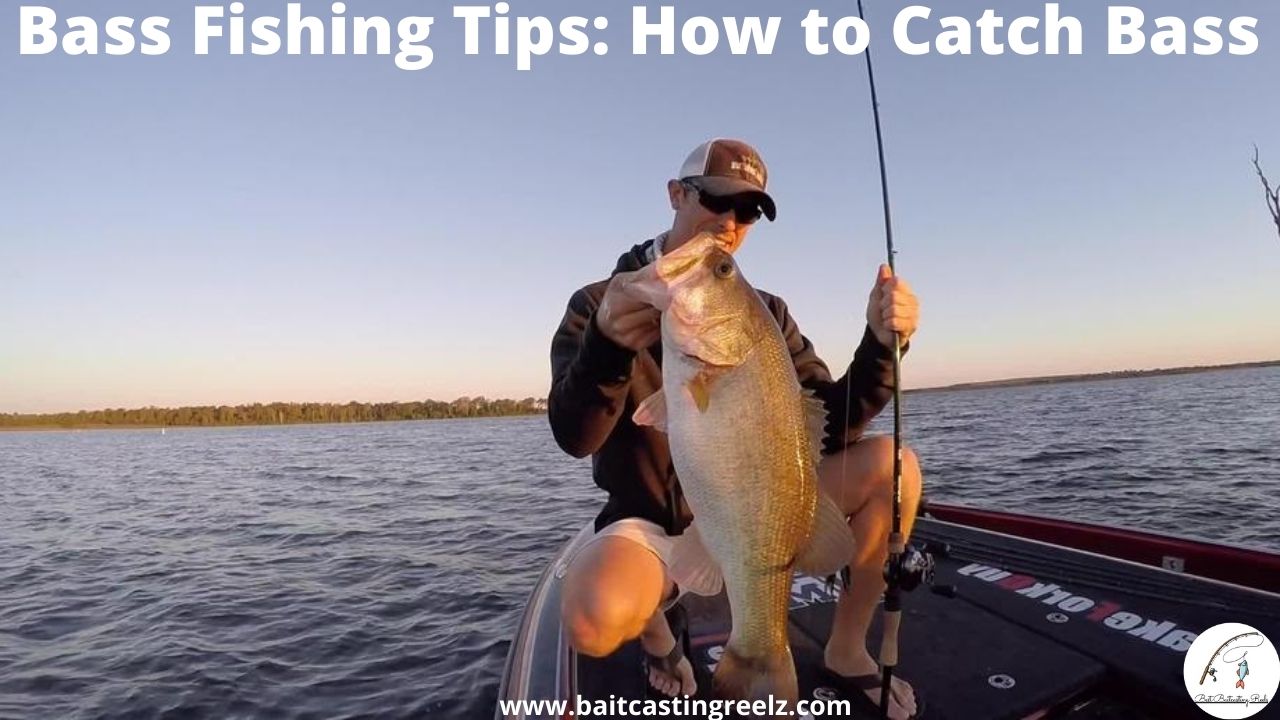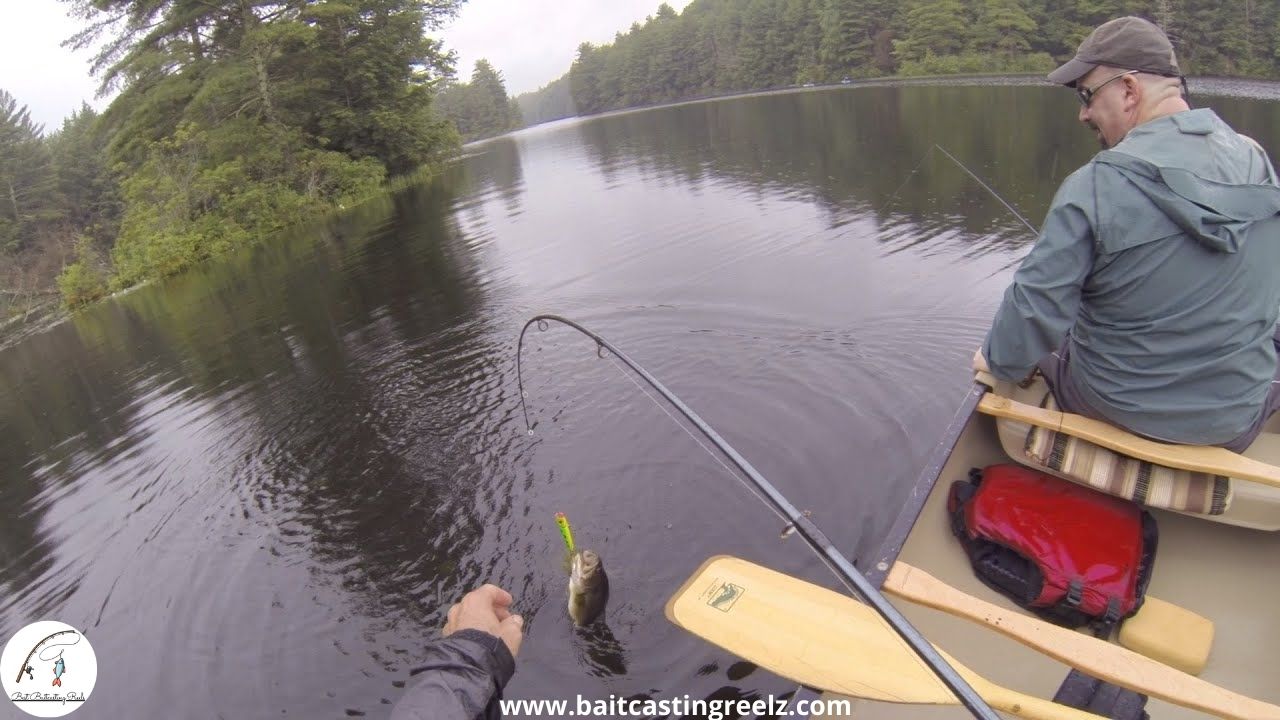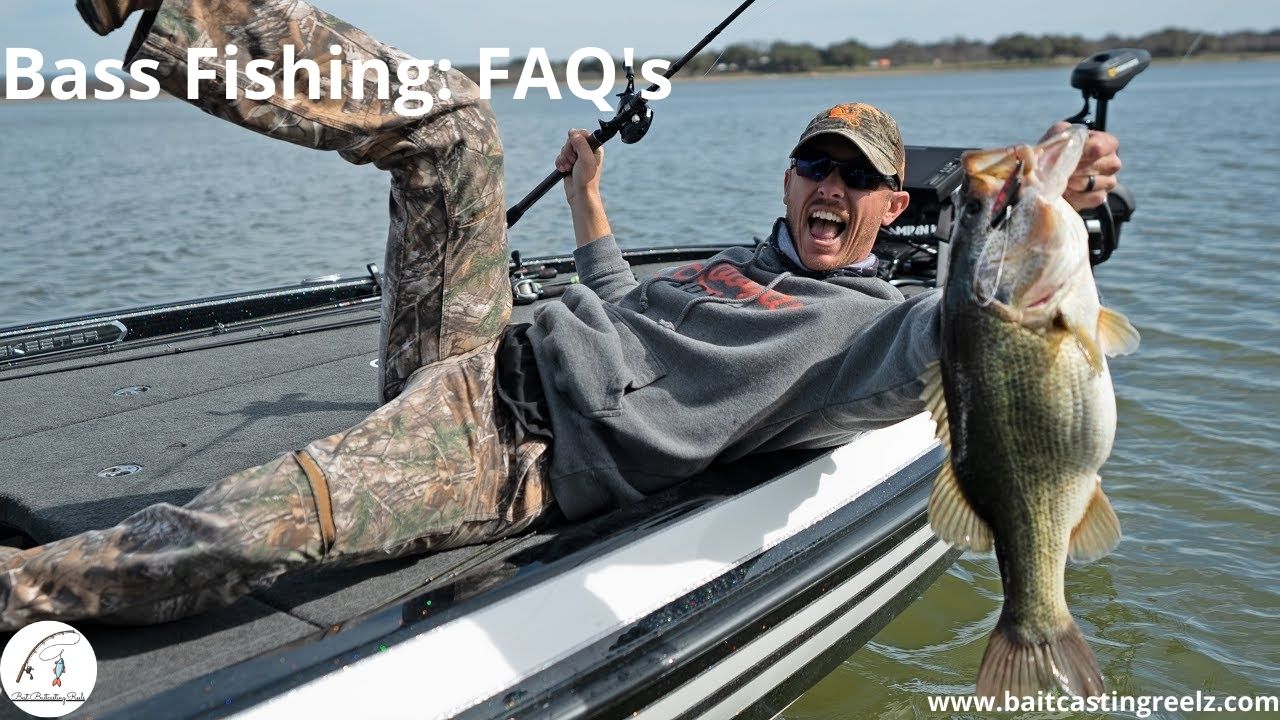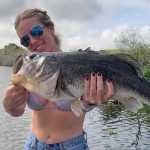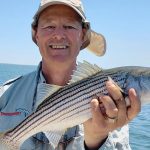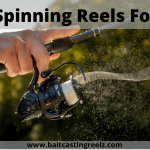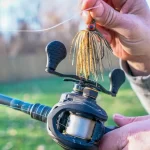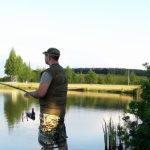Bass is one of those game fish which are famous among the whole world especially North America. Among various varieties, the largemouth bass is the most commonly looked for bass. A professional angler always starts bass fishing by mastering the basic skills like finding the ideal bass boat and then implementing those learned tips and tricks to catch more fish. As there are many important tips, but most of all is to have fun and enjoy the process of experimenting. The more time you spend on the water, the more you will get to know about selecting and using techniques to increase the number of basses you can catch. Following are the methods you can follow to help you catch bass.
METHODS:
- Picking the right equipment
- Choosing when and where to fish
- Learning techniques to catch bass
1. Picking the right equipment:
Get the right lure:
A fishing lure is a type of small artificial fishing object designed to attract a fish’s attention. It is attached to a hook and tied at the end of a fish line. Three are the major types of lures best used for catching bass, i.e, crankbaits, spinnerbaits, and plastic worms. The central aspect that needs to be considered while choosing the lure is its color. You must have two fishing lures for your tackle box. One in a natural color and one in vibrant color.
- Crankbaits are small lures that look like small live fish. There are two three-points hooks on each lure, one at the tail and one under the belly. It also has a flat plastic area on the lip of the fish.
- Spinnerbait has two main parts. There is one arm that has large curved pieces of metal called blades. And the other arm is the same length with a hook on end. These spinner arms can also be shaped like a fish, making them look similar to crank fish.
- Plastic worms look like large earthworms and have hooks embedded into them. The fish are hooked once they try to eat the worm, so they are effective but require a little patience while using it.
Use live bait:
One of the most effective methods for fooling the fish is bait. Instead of lures, you can also use live bait while fishing. The most noticeable sorts of live traps for bass are worms, minnows, and crayfish. Worms are easy to keep and carry around in the refrigerator in the dirt on your first fishing trip. On the other hand, minnows and crawfish are harder to handle because you are restricted to keep them in a bucket with water while you fish.
Pick a reel:
A fishing reel is a cylindrical device attached to a fishing rod used in winding and stowing lines. Normally, you can use two types of reels for bass fishing. A spinning reel is also known as the open-face reel. Another one is a spin cast reel which is also known as a closed face reel.
- The spinning reel is a fixed spool with a line exposed. It is built to use 4 to 12 lbs. test lines and move the handle between the privileged and left sides. The spin cast reel is built to test line up to 4 to 12lb but can take up to 20lb.
2. Choosing When and Where to Fish:
Fish During the Pre-Spawn:
Pre-spawn is the best time of year for bass fishing. This process begins when the temperature of water rises to 55 or 60 degrees. Since they have been dormant mostly during the colder months, they are very aggressive and angry at this time of year. This time falls around late winter and keeps going the entire season. During this time, you can catch bass closer to the shore and the surface.
- If you catch a female during this period, make sure to let her go so that she can populate the water body with more bass.
Use a Map:
Find the map of the water body where you plan to fish. The map will show the depths and drop-offs in different areas under the water surface. Bass like the lurk near the bottom in non-peak seasons, so having a water body map helps a lot to catch a bass. Maps can also help you find the underwater structures where the bass might like to hide.
Start at the right time of day:
The best times of the day to catch bass are the early hours of the morning and the day’s last hours. Try to get your fishing spot about an hour before sunrise and an hour before sunset because bass bite more at these times when the sun isn’t too high. But if you fish in the middle of the day, then look for bass in shaded areas away from direct sunlight because they avoid areas of extreme heat and light.
- You can get the bass to bite in the afternoon in open water when it’s cloudy or if the water is muddy enough to shield the sun.
Fish near areas of cover:
Bass mostly like to be near objects, vegetation, obstruction in water, such as a stump or any tree that has fallen into the water. Bass can be found near boat docks or bridge posts. Cast around low hanging tree limbs and large patches of weeds because bass like constant cover in water provided by these places.
3. Learning Techniques to Catch Bass:
Catch bass with a wrench trap:
Wrench lure draw in the bass because the baits look like harmed, feeble fish in the water, making the bass strike. To utilize the wrench lure, put your draw on your line. Cast your shaft out into the lake or stream close to construction and let the bait sink to the base. When you feel the line settle, pull back on your pole and begin to bring in your line. As you pull back your pole, you will feel the draw plunge into the water, which will obstruct your shaft. Level out your post again and quit reeling your line. This will permit your draw to ascend in the water. Rehash until your bait arrives at the surface. At that point, cast out again and rehash.
Seize bass with spinner trap:
The strategy for utilizing spinner traps is like the wrench lure. The thing that matters is that when you pull back your shaft, you don’t need to bring in your line. Pull it back to make it make a plunge in the water. At that point, gradually let your post down. This will make the bait move back up in the water, cause the cutting edges to radiate clamor, and upset the water around the draw. The splendid, turning edges on these draws draw in consideration of the bass and pull the bass to your bait because the development bothers them.
Get bass with plastic worms:
This bait is a lot less complex than different draws to fish with. Put the plastic worm on your line, cast out your line, and let the worm sink to the base. Rather than pulling your pole around, you can essentially reel your line back in at different rates. Since genuine worms aren’t unsteady, there is no compelling reason to yank your reel as you did with different draws.
-
Snare bass with a live trap:
The best strategy for the live trap is to move around your line continually. The snare you put on your snare is dead or generally dead. However, the bass is incredibly pulled in to live prey. To imitate the live fish, worm, or frog, you should continually move around your line. This can be by pulling it in or moving your shaft to and fro to make it seem as though the trap is usually moving around.
Bass Fishing: Frequently Asked Questions
Q. What is the best bait for bass?
A. These five types are the top famous baits for bass.
- Bass Jigs. Dances rank number one in light of their flexibility
- Plastic Worms. At a nearby second are elastic worms
- Spinnerbaits
- Crankbaits
- Topwater Lures
Q. What’s the best time to go bass fishing?
A. The best season of day for bass fishing is either early morning or later in the evening, now and again when the sun isn’t excessively splendid. Bass will likewise nibble noontime if the climate is overcast or if the water is sloppy.
Q. Is Bass a good fish to eat?
A. Like other fish with white meat, the bass is by and large a sound fish to eat. Bass meat is high in protein and low in fat, which makes it beneficial to eat.
Q. What is the best bait for bass?
A. Best Live Baits For Bass:
- Shiners, shad, or minnows, also worms are small & medium live baits recommended for Bass.
The Best Artificial Bait For Bass:
- Jigs, Crankbaits, Plastic Worms, Spinnerbaits, and Swimbaits
